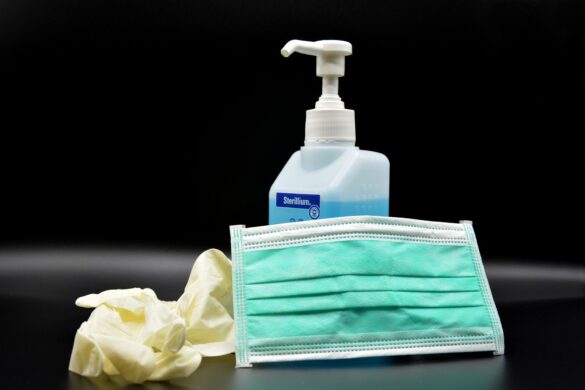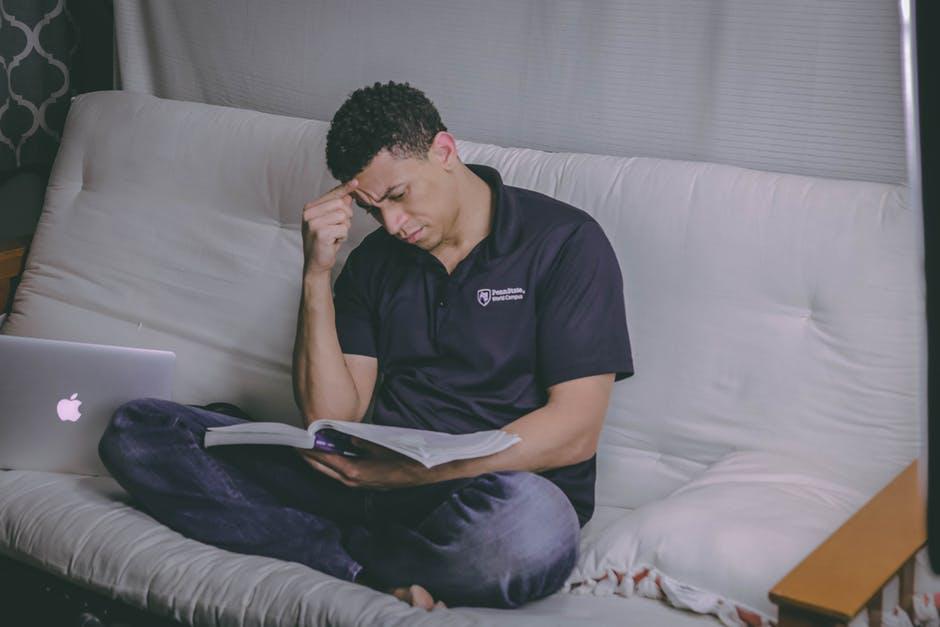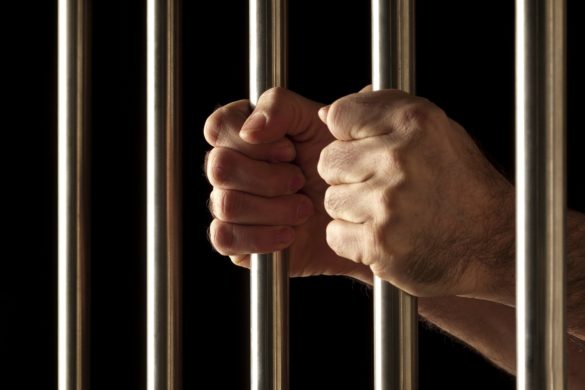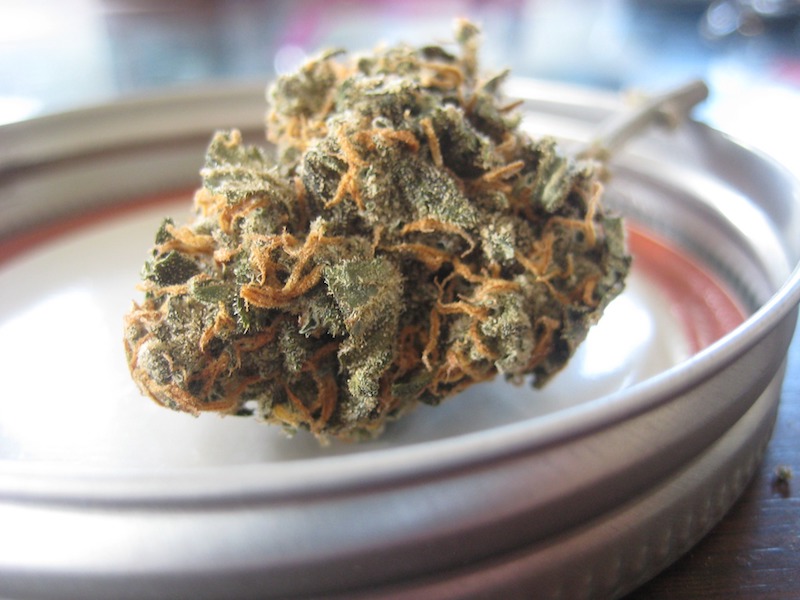
Migraine treatment includes abortive and preventive (prophylactic) treatment. Patients with frequent migraines typically require both. Measures co-ordinated toward diminishing headache triggers are also common.
Abortive treatment intends to turn around, or if nothing else stop, a migraine that has begun. Preventive treatment, which is given even when you don’t have a migraine, intends to lessen the frequency and seriousness of migraines, make attacks increasingly receptive to treatment, and improve the patient’s personal satisfaction.
Treatment
Migraine treatment is gone for halting side effects and counteracting future assaults.
Numerous meds have been intended to treat headaches. Prescriptions used to battle headaches fall into two general classes:
Torment calming prescriptions: Also known as an abortive treatment, these kinds of medications are taken during headache attack and are intended to stop side effects.
Preventive prescriptions: These sorts of medications are taken routinely, frequently every day, to decrease the seriousness or frequency of headaches.
Medications for Help
Medications used to mitigate headache pain works best when taken whenever there’s any hint of an approaching headache when signs and when side effects of a headache starts. Prescriptions that can be utilized to treat it include:
Physical Suffering relievers:
These over-the-counter or prescription abortive medications incorporate headache medicine or ibuprofen. At the point when taken excessively long, these might cause rebound headaches, and potentially ulcers and bleeding in the gastrointestinal tract.
Triptans:
These medications, such as sumatriptan and rizatriptan, are doctor prescribed medications utilized for a headaches. Taken as pills, shots or nasal sprays, they can mitigate numerous side effects of headache. They may not be safe for those in danger of a stroke or heart attack.
Dihydroergotamines (D.H.E. 45, Migranal):
Accessible as a nasal sprays or infusion, these are best when taken not long after the beginning of headache side effects for headaches that will, in general, last longer than 24 hours. Symptoms can incorporate exacerbating of headache-related nausea and vomiting.
Narcotic Prescriptions:
Individuals who have headaches who can’t take other headache drugs will sometimes be prescribed opiate narcotic meds, particularly those that contain codeine. Since they can be extremely addictive and cause rebound headaches, these are typically utilized as a last resort.
Antiemetic Drugs:
These can help if your headache is accompanied by nausea and vomiting. Antiemetic medications incorporate chlorpromazine (Thorazine), metoclopramide (Reglan) or prochlorperazine (Compazine). These are generally taken along with abortive medications.
Migraine Treatment Centers
Investigate The Bridge Recovery Center as a way to avoid, distinguish, treat or deal with this ailment. Explore other ways to manage migraines.
Way of life and Home Remedies
At the point when indications of a headache begin, resting in a clam, dark room can help. Close your eyes and rest or sleep. Putting cool material or ice pack enclosed by a towel or fabric on your brow or at the back of your neck can help ease symptoms.
Different practices that may calm headache with emanation agony include:
- Biofeedback and different types of unwinding can help you manage unpleasant circumstances, which may help diminish the number of times you face headache pain.
- Try not to rest excessively or excessively little. Set and pursue a reliable rest and wake plan every day.
- Drink a lot of liquids and avoid skipping meals. Remaining hydrated, especially with water, may help.
- Keep a headache journal. Keep recording in your headache journal even after you see your specialist. It will enable you to study what triggers your headaches and what treatment is best.
- Exercise consistently. Normal oxygen-consuming activity decreases strain and can help prevent headaches. Pick oxygen consuming movement you appreciate, for example, walking, swimming, and cycling.
- Normal exercise can likewise enable you to shed pounds or keep up sound body weight, and heftiness is believed to be a factor in headaches.
Planning for Your Appointment
What you can do
- Monitor your symptoms. Keep a migraine journal by writing down every headache and is symptoms. Keep track of when they happened, to what extent they kept going and what activated them. A headache journal can enable your specialist to analyze your condition.
- Record key individual data, including real anxieties or ongoing life changes.
- Make a rundown of all things to be considered, including diet, medications, and supplements you take, including portions. It’s especially critical to list all prescriptions you’ve tried to treat your headaches.

